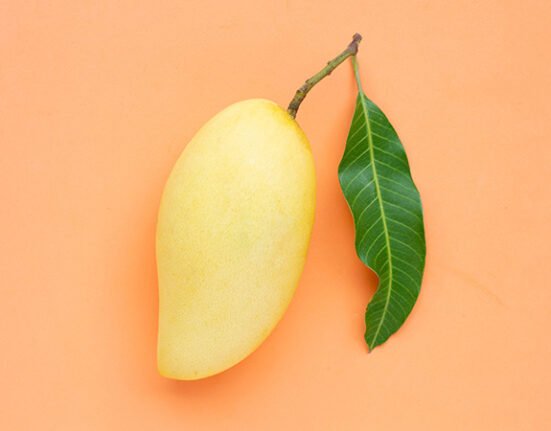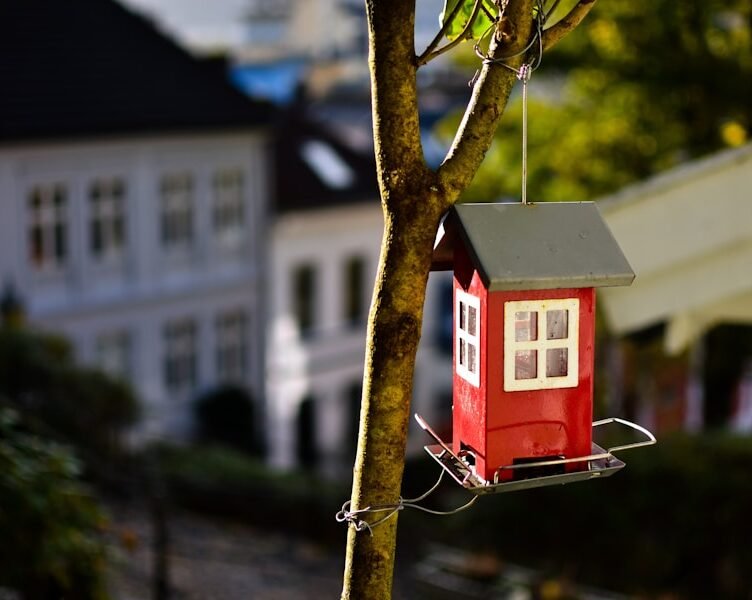Indoor plants provide numerous benefits for children, making them a valuable addition to any child’s space. They not only bring a touch of nature indoors but also offer several health advantages. Scientific research has demonstrated that indoor plants can enhance air quality by removing pollutants and increasing oxygen levels, thereby reducing the risk of respiratory problems in children.
Moreover, having plants in the home has been linked to decreased stress levels and improved mental health, which can be particularly beneficial for children dealing with anxiety or other emotional challenges. In addition, indoor plants can serve as a valuable educational resource for children. By caring for plants, children can gain insight into the natural world and the importance of nurturing living organisms.
This hands-on experience can help them develop a sense of responsibility and empathy as they learn to care for something beyond themselves. Furthermore, having plants in their environment can foster a greater appreciation for nature and the environment, leading to long-term positive effects on their attitudes and behaviors towards the natural world.
Key Takeaways
- Indoor plants can provide numerous benefits for children, including improved air quality, reduced stress, and opportunities for learning and responsibility.
- When choosing indoor plants for children’s spaces, it’s important to consider factors such as safety, ease of care, and potential educational value.
- Some easy-to-care-for indoor plants that are perfect for kids include spider plants, succulents, and pothos.
- Teaching children responsibility through plant care can help them develop important life skills and a sense of accomplishment.
- Indoor plants can create a fun and educational learning environment for children, with activities such as planting seeds, observing plant growth, and learning about different plant species.
Choosing the Right Indoor Plants for Children’s Spaces
Safety First
The most important consideration is the safety of the plants. Some common indoor plants, such as philodendrons and peace lilies, can be toxic if ingested, so it’s crucial to do your research and choose plants that are safe for children and pets.
Easy Care and Thriving Environments
In addition to safety, you’ll want to consider the ease of care for the plants, as well as their ability to thrive in indoor environments. Spider plants, snake plants, pothos, and rubber plants are all great options for kids’ spaces. They are non-toxic, easy to care for, and can thrive in indoor conditions. Snake plants are also known for their air-purifying qualities, making them a great choice for kids’ bedrooms or play areas.
Aesthetic Appeal
Finally, consider the aesthetic appeal of the plants. Choosing plants with interesting textures or vibrant colors can help capture kids’ attention and spark their curiosity about the natural world. By selecting plants that are both safe and visually appealing, you can create a fun and engaging environment that encourages kids to learn about and appreciate nature.
Easy-to-Care-for Indoor Plants for Kids
When it comes to introducing indoor plants to children’s spaces, it’s important to choose varieties that are easy to care for. This will not only make it more likely that the plants will thrive, but it will also make it easier for children to take an active role in caring for them. One great option is the spider plant, which is known for its resilience and ability to thrive in a variety of conditions.
Spider plants require minimal watering and can tolerate low light, making them an ideal choice for children’s spaces. Another easy-to-care-for option is the snake plant, which is known for its air-purifying qualities and ability to thrive in low-light conditions. Snake plants are extremely resilient and can tolerate infrequent watering, making them a great choice for children who may not have a green thumb yet.
Pothos is another great option for kids’ spaces, as it is low-maintenance and can tolerate a variety of light conditions. With their trailing vines and vibrant green leaves, pothos plants can add a touch of natural beauty to any child’s space while requiring minimal care.
Teaching Children Responsibility through Plant Care
| Plant Name | Light Requirement | Watering Frequency | Growth Rate |
|---|---|---|---|
| Spider Plant | Indirect sunlight | Once a week | Fast |
| Sansevieria (Snake Plant) | Low to bright indirect light | Every 2-6 weeks | Slow |
| Pothos | Low to bright indirect light | Once a week | Fast |
| Peace Lily | Low to bright indirect light | Once a week | Medium |
| ZZ Plant | Low to bright indirect light | Every 2-3 weeks | Slow |
Introducing indoor plants to children’s spaces can be a great way to teach kids about responsibility and the importance of caring for living things. By giving children the opportunity to care for plants, they can learn valuable lessons about nurturing and empathy. Taking on the responsibility of watering and tending to plants can help children develop a sense of ownership and pride in their ability to care for something outside of themselves.
Additionally, caring for plants can help children develop important life skills, such as time management and organization. By establishing a regular watering schedule and keeping track of the needs of their plants, children can learn valuable lessons about planning and prioritizing tasks. This hands-on experience can also help children develop a greater appreciation for the natural world and the interconnectedness of all living things, fostering a sense of empathy and environmental stewardship.
Creating a Learning Environment with Indoor Plants
Indoor plants can also serve as valuable educational tools in children’s spaces, providing opportunities for hands-on learning about the natural world. By incorporating plants into learning activities, children can gain a greater understanding of plant biology and ecology. For example, children can learn about the life cycle of plants by observing the growth and development of their indoor plants over time.
They can also learn about the importance of sunlight and water for plant growth, as well as the role of soil and nutrients in supporting healthy plant growth. In addition to scientific learning opportunities, indoor plants can also be used to teach children about cultural traditions and practices related to plant care. For example, children can learn about the significance of certain plants in different cultures and traditions, as well as the role of plants in providing food, medicine, and shelter for people around the world.
By incorporating indoor plants into educational activities, children can gain a greater appreciation for the diversity and importance of plant life in our world.
Fun and Educational Activities with Indoor Plants
Encouraging Creativity through Plant Care
Children can create their own mini-gardens using small pots or containers, allowing them to express their creativity while learning about plant care. This hands-on approach enables them to develop important skills such as nurturing and responsibility.
Exploring the Senses through Indoor Plants
Indoor plants can also be used to engage children in sensory activities, encouraging them to explore different textures and smells of various types of plants. This sensory exploration can help children develop their observational skills and foster a deeper appreciation for the natural world.
Using Indoor Plants as a Tool for Art and Design
Furthermore, indoor plants can be used as a tool for teaching children about art and design. Children can create their own botanical drawings or paintings inspired by the shapes and colors of their indoor plants, allowing them to explore their artistic abilities while learning about plant anatomy and diversity. They can also use natural materials such as leaves and flowers to create unique art projects that celebrate the beauty of the natural world.
Safety Tips for Indoor Plants in Children’s Spaces
While indoor plants offer numerous benefits for children‘s spaces, it’s important to take precautions to ensure that they are safe for little ones. When selecting indoor plants for children’s spaces, be sure to choose varieties that are non-toxic and safe for both children and pets. It’s also important to keep plants out of reach of young children, especially those that may have small parts or berries that could pose a choking hazard.
Additionally, it’s important to teach children about the importance of proper plant care and safety. Children should be taught not to ingest any part of a plant without adult supervision, as some indoor plants can be toxic if ingested. They should also be taught how to water plants responsibly without overwatering or spilling water on the floor.
By establishing clear guidelines for plant care and safety, you can ensure that indoor plants remain a positive addition to your child’s space. In conclusion, indoor plants offer numerous benefits for children’s spaces, providing opportunities for learning, creativity, and responsibility. By choosing the right indoor plants for kids’ spaces and incorporating them into educational activities, you can create a nurturing environment that promotes curiosity and empathy towards the natural world.
With proper care and safety precautions in place, indoor plants can serve as valuable tools for fostering a love of nature and environmental stewardship in young children.
FAQs
What are some benefits of having indoor plants in children’s spaces?
Indoor plants can help improve air quality, reduce stress, and promote a sense of responsibility and nurturing in children. They also provide a hands-on learning experience about nature and the environment.
What are some low-maintenance indoor plants suitable for children’s spaces?
Some low-maintenance indoor plants suitable for children‘s spaces include spider plants, pothos, snake plants, peace lilies, and succulents. These plants are easy to care for and can withstand some neglect.
How can indoor plants be incorporated into children’s learning activities?
Indoor plants can be incorporated into children’s learning activities by teaching them about plant care, photosynthesis, and the life cycle of plants. Children can also learn about different plant species and their unique characteristics.
Are there any safety considerations when choosing indoor plants for children’s spaces?
When choosing indoor plants for children’s spaces, it’s important to consider any potential toxicity of the plants. Avoid plants that are toxic if ingested, and ensure that the plants are placed out of reach of young children.
What are some tips for caring for indoor plants in children’s spaces?
Some tips for caring for indoor plants in children’s spaces include providing the right amount of light and water, ensuring proper drainage, and periodically cleaning the leaves to remove dust. It’s also important to teach children about the importance of caring for the plants.





